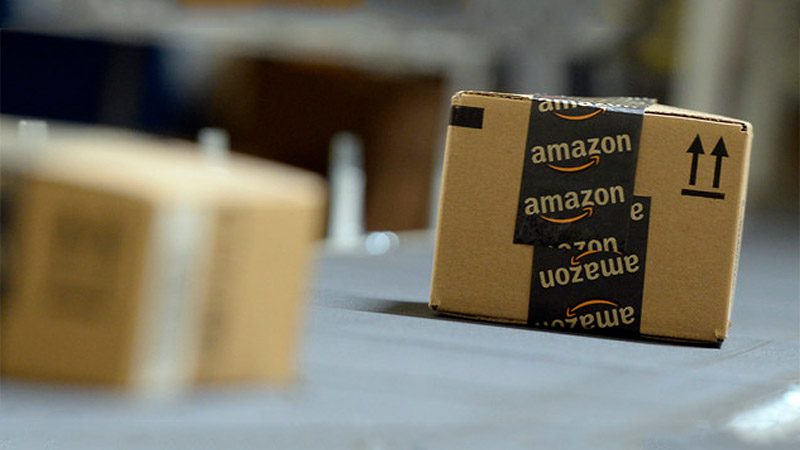Sears gave its investors reason to smile July 20 when the iconic and embattled brand announced that it would sell Kenmore appliances on Amazon. The value of the company’s stock rose 19 percent in the wake of the announcement. It’s easy to see why: as I discussed in a recent blog post, many consumers start searching for products on Amazon first. Sometimes they may visit a search engine after perusing Amazon. In other cases they might stay on Amazon and never see products sold by advertisers who rely solely on paid and organic search to attract traffic to their sites. If you are experiencing flat or declining online sales, now may be the time to incorporate Amazon into your e-commerce strategy.
According to Amazon, there are more than 95 million unique visitors a month on the site. Listing your products there gives you ample opportunity to attract new customers. Selling on Amazon also allows you to capitalize on Amazon’s brand. Amazon is a well-known and trusted brand — in fact, Amazon ranked Number 1 in reputation for 2016 according to a Nielson survey. People trust Amazon to have good products and sellers. Some of that trust will automatically be given to you when you sell your products on Amazon.
Getting Started
The first step in competing with other companies selling products on Amazon is to list your products there. A Professional Account is for those who plan on selling 40 or more items a month, and costs $39 per month in addition to some other selling fees. Once you have an account, you can list your products and start selling quickly. The set-up process is easy, and Amazon has many resources to help answer any set up or implementation questions.
Advertising on Amazon
Once you are all set up with a Professional Account, you can start advertising on Amazon. Amazon has an advertising platform that utilizes many similar features as Google AdWords, including keyword-, product-, and interest-based targeting methods. Running additional advertisements on Amazon puts you in front of more new customers and differentiates you from other sellers not using these features. As a seller, you can use Sponsored Products, Headline Search Ads, or Product Display Ads to increase your product sales and brand awareness. Here is a breakdown of how the ad types are different from each other:
Sponsored Products
- Promotes a single product.
- Keyword-based campaign structure using broad, phrase, and exact terms.
- Ads drive shoppers to the product detail page.
- Sponsored Products show above, alongside, and below the search results and product detail pages.
- Utilizes daily budgets similar Google AdWords.
Headline Search Ads
- Promotes three or more products.
- Keyword-based campaign structure.
- Ads drive to a brand or custom landing page on Amazon.
- Headline Search Ads appear above search results.
- Utilizes daily budgets and “All-campaign” budgets.
Product Display Ads
- Promotes a product through a display ad.
- Product or interest-based targeting options.
- Ads drive to the product detail page.
- Ads show on the product detail, search results, review, and offer listing pages as well as Amazon-generated marketing emails.
- Costs based on a cost-per-click model.
All these ad types are similar to ad options on Google AdWords. So if you are already doing search or display on Google, you should have an idea of what keywords or interest targeting works best for your products. Taking your top-performing, product-related keywords from AdWords and trying them out on Amazon would be a good way to gauge performance on the Sponsored Products or Headline Search Ads. While the costs across the platforms will be different, Amazon lists many case studies where sales and revenue have increased substantially.
Product Fulfillment
Listing on Amazon gives you access to the Fulfillment by Amazon (FBA) services. With this service, you can store your products in Amazon’s fulfilment centers. Amazon takes care of picking the product out, packing, shipping, and handling any customer service requests. Using FBA opens up access to Amazon Prime customers, which make up nearly 60 percent of Amazon users. Doing so also places the work of managing orders to a specialized team of people, freeing up your time and allowing you to focus on other business needs.
While selling products and getting advertising set up on any new platform can seem overwhelming, it’s hard to ignore the benefits that come with adding Amazon into your online e-commerce strategy. Being on Amazon places your products in front of more customers on a trusted website. And because many people who shop on Amazon stay on Amazon, you also are less likely to compete against yourself in other channels.
If selling and advertising on Amazon sounds like something you would like to try out, we at True Interactive would love to help you manage your seller account and advertisements. Contact us to learn more.
Image source: Waste360.com
